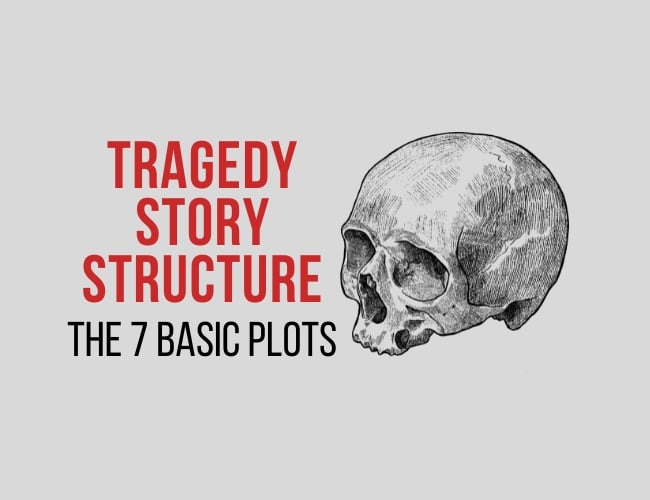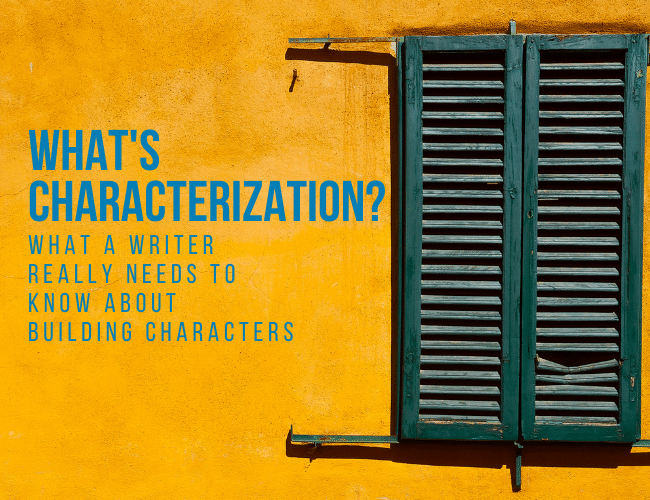
by Liz Bureman and Sue Weems |
The two best known of the basic plots outlined by Christopher Booker are comedy and tragedy, These two basic plot types make up the two halves of the drama masks that represent classic theatre, and you can categorize most of Shakespeare’s plays into one of the two. Today we look at tragedy story structure and examples.

by Joe Bunting and Abigail Perry |
How do you create memorable characters? What’s characterization, and how does a writer turn a name on a page into a person so vivid and compelling that you imagine they’re real?
In this article, you’ll learn what characterization is, when it matters, and how to apply it to your characters and stories. You’ll also see some examples of characterization, and explanations of when not to prioritize characterization over other story elements.

by Joslyn Chase |
Recall a time you made an effort to get someone to like you. Did you try to get them to relate to you, or want to spend more time with you? It’s kind of the same way with the main character in your book. Readers finish books when they care about what happens to the protagonist. To accomplish this, you need to craft a sympathetic character.
When you write a book, you’re asking readers to invite your character into their homes, their hangouts, their lives. It’s important to create a protagonist your reader wants to spend time with and that they care about enough to stick around to find out what happens to them.
Without that vital concern, suspense cannot be sustained. And without suspense, the reader will lose interest in your story. I talked about this in depth in my post on suspense.
Today, let’s talk about how to make your readers like—if not love—your characters so that you can sustain suspense in your book.

by Joslyn Chase |
One of the foremost reasons people read is to experience a character’s arc of change, their transformation, in other words, and transformation stories are among the most powerful and popular in literature and film.
That’s because the human experience is all about change. Each of us is a work in progress—growing, changing our perceptions and how we think—shaping our character.
These stories involve the reader in the course of the character’s change, helping them explore their own potential and desire for transformation, along with the limitations, possibilities, and price attached.

by Joe Bunting |
If you want to write a book, you need to study masterwork examples like your book. But what is a masterwork and how do you find the books to study to write yours?

by Sarah Gribble |
You’ve probably heard this one before: Your character must change throughout the course of your story. Characters need to transform.
I see a lot of confusion over this concept. Writers can normally nail the change (weak to strong; bad to good; cynical to optimistic) but it often comes from a weird place that doesn’t sit quite right with what we know about the protagonist. Or it’s too big of a change (or too much of a “fairy tale ending”) to be believable.
Writers think that great characters need drastic changes, but this isn’t always the case.
Let’s take a look at how writers should deal with character change, and how creating a character arc might make for a more interesting cast and plot.





